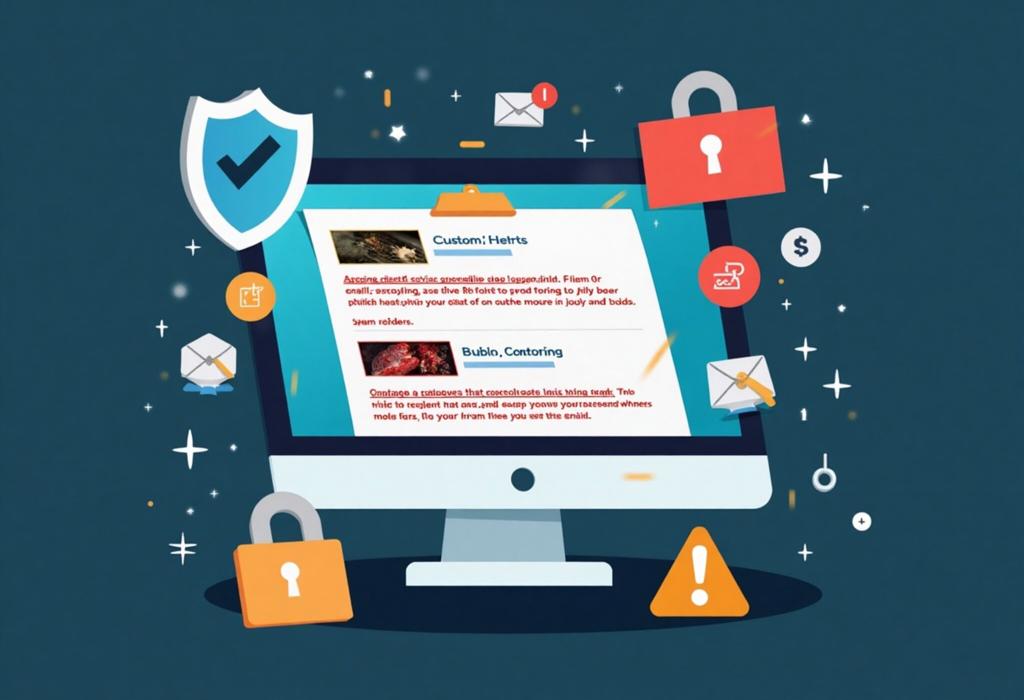For more details on this content, please review the step-by-step guide and frequently asked questions.
Can Spam Emails Really Compromise Your Personal Information?

Step-by-Step Guide
Define Spam Emails
Spam emails are unsolicited messages sent in bulk, usually for advertising purposes. They often contain misleading information and can pose various risks to personal data.
Identify the Risks of Spam Emails
Spam emails can compromise personal information by containing malware, phishing attempts, and various scams designed to collect sensitive data from users.
Understand Phishing Scams
Phishing is a type of cyber attack that involves tricking users into providing personal information by imitating legitimate entities. Spam emails often employ this tactic.
Recognize Malware-Embedded Emails
Some spam emails may contain attachments or links to malicious websites that can install malware on a user's device, potentially leading to data theft.
Learn to Spot Spam Emails
Common signs of spam emails include generic greetings, poor grammar, an urgent call to action, and email addresses that don't match the supposed sender.
Implement Email Security Practices
Use strong passwords, enable two-factor authentication, regularly update software, and avoid clicking on unknown links or downloading untrusted attachments.
Verify Sender Authenticity
Before responding or clicking links, verify the sender's email address. Look for signs of fakes, such as misspellings or unusual domain names.
Use Spam Filters
Leverage built-in spam filters provided by email services to reduce the number of spam emails reaching your inbox.
Educate Yourself and Others
Stay informed about the latest spam trends and share this knowledge with friends and family to help them avoid falling victim to scams.
Report Spam Emails
Most email providers have a feature to report spam. Use it to help reduce spam email traffic and protect other users.








